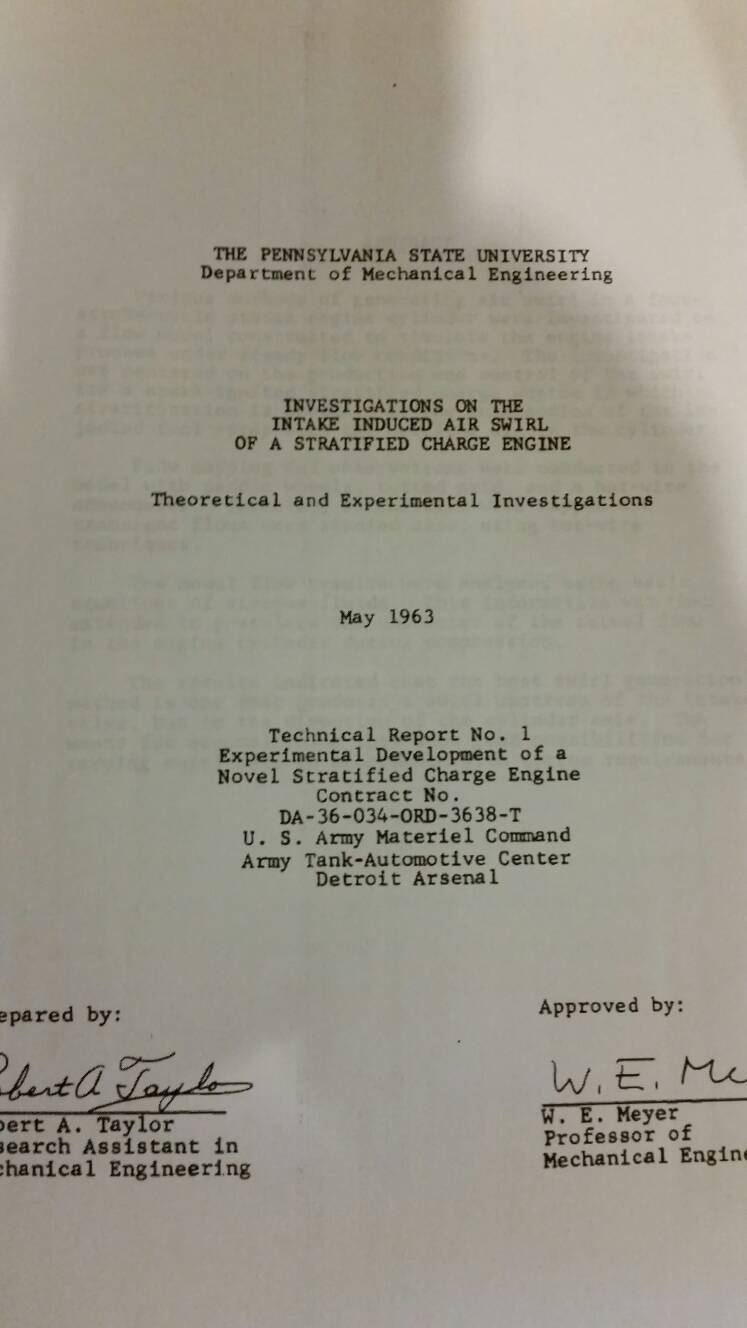The Electrician
New Member
- Joined
- Apr 23, 2015
- Messages
- 8
- Reaction score
- 0
How do you know exactly when the valves open and close? from Advertised Duration?
More explanation please.
More explanation please.

Tightening up the squish distance on a relative stock build will allow for a leaner combustion. Yea, youre right about the rings, but that's why we use stainless, thats why forged pistons are available....lol
I understand though. You want to know if doing so will benefit a stock engine....yes it will.
Lets see if I can shed light......nearly all engines today run beyond stoich. Running lean means fuel economy. This is why v8 cars are pulling off 30+ mpg. When continued driving and maintaining a constant rpm, over stoich is possible at low rpm. Actually causing a mild detonation....for long periods of time. The detonation is very mild compared to high rpm detonation. Yes detonation has levels of severity.
This said only proves the in cylinder caracteristics. A lean mixture is far more potent than a rich mixture. And I can go all day about a lean mixture actually being rich...crazy!
